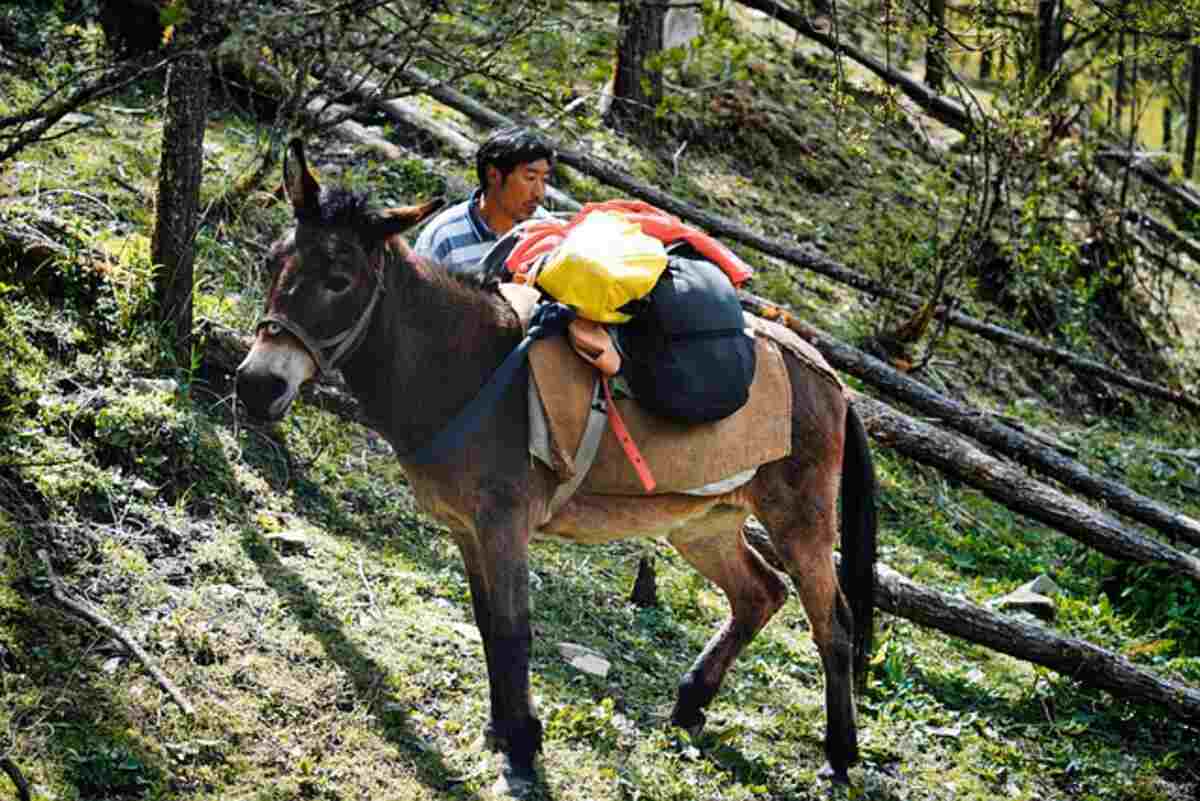Expeditions into Tibetan Regions
If you are interested in visiting Tibet, you may be searching for guidelines on “how to travel.” Here you can find some cultural tips to make your trip go smoothly.
Even though Tibetans and Tibetan culture can be found as far west as the Baltistan region of Pakistan, most tourists consider the Tibet Autonomous Region in the People’s Republic of China to be Tibet’s spiritual and cultural heart.
The People’s Republic of China includes 55 distinct ethnic groups spread over its 22 provinces, 2 SARs, four municipalities, and five autonomous regions. There can be anything from one to several prefectures in each area. The counties that make up each prefecture are divided into even smaller administrative units called districts and hamlets. Suppose you look at a more specific map of China. In that case, you’ll notice that there are ten additional Tibetan autonomous prefectures or joint autonomous prefectures shared with another minority group in Qinghai, Sichuan, Gansu, and Yunnan provinces in addition to the Tibetan Autonomous Region (TAR). Qinghai has Haixi, Haibei, Hainan, Huangnan, Yushu, and Golok; Sichuan has Garze and Ngawa; Gansu has Deqen; and Yunnan has Deqen. Feeling lost yet? Not at all! This data should show would-be vacationers a wide range of destinations from which to choose.
Guidelines, Recommendations, and Advice
It’s essential to be aware of some overarching cultural norms when venturing across the plateau, even though every region, valley, and town has unique customs and social conventions. Keeping these tips in mind will help you be a considerate tourist. It may even endear you to the locals, enhancing your trip and opening up new opportunities for cultural immersion.
Do not walk on anyone’s toes or any other body part. Whenever possible, avoid walking on or near food.
It is common practice in Tibetan communities for visitors to sit on the floor among locals. Such occasions include celebrations, religious instruction, and even meals in a nomad’s tent. It is impolite to walk on someone else’s feet. If you need to leave the room at any point, stand up and make yourself known to everyone around you. People will rearrange themselves to make room for you, removing their hands, feet, etc. Avoid stepping on food is another good practice. If you’re eating lunch on the floor, don’t walk over it; go around it.
Use both hands when serving and receiving food.
If you want to be considered courteous, always use two hands when serving or accepting food or drink.
Avoid making contact with others by patting them on the head or chest.
Greeting one another with a pat on the head or a tap on the chest is common in several cultures. It is considered rude in Tibetan culture. It would be best if you did not do any of these things except for very young children.
Body Language
Tibetans regularly utilize hand gestures to evaluate various things, locations, and individuals. Among Tibetans, a thumbs-up indicates high quality, a middle finger pointing to the side suggests medium rate and a pinky finger pointing to the side indicates inferior quality.
Stoves
The hearth or stove is the center of family life in most Tibetan homes. The fireplace is treated with varying degrees of reverence, whether in a tent or a farmhouse. Never put your shoes or socks on a hot stove, and always check with your host or observe their actions before placing anything in the fireplace.
Pictures
It’s common courtesy to ask someone’s permission before snapping their picture when visiting a new country. Inquire first if you’d want to take photos inside a monastery; the flash from your camera could damage priceless artwork. Alternatively, you may not take pictures of specific sculptures or paintings.
Places of Worship, Shrines, and Monasteries
Throughout Tibet, prayer flags can be seen flying. You should avoid walking on these flags, even if they have fallen to the floor. To have a conversation beneath a banner, you must raise it. Never, ever step on a banner or a piece of paper. Numerous prayers have been carved into the rocks surrounding several rivers and sacred spots. Avoid placing your feet on them. The second rule is never to visit a monastery while wearing a head covering. Finally, remember to walk in a clockwise direction when visiting Buddhist sites and counterclockwise order when visiting Bon (Tibet’s indigenous religion before Buddhism) sites.
When to Go? The Weather Imperative
Most of the plateau has erratic weather, but the summer is not always the most fantastic time to hike there. Though the summer is lovely, the wet season (June–August) could derail your hiking plans. The heavy rains have subsided, and the winter cold has not yet come, making the early fall an ideal time to organize hikes. Winters are typically frigid, but snowfall is not a given due to the season’s dryness.
The Essentials
Layers, warm garments, and sturdy shoes will be travelers’ closest friends in Tibet. Flashlights and headlamps are particularly crucial since many outlying places lack power or regularly encounter electrical outages. Stores stock standard toiletries, but if you have a particular brand you won’t be able to do without, feel free to bring it along. Depending on where you intend to go, you will have different necessities on your “to bring” list.
Problems on the Road
Throughout Tibetan regions, numerous building projects are paving or remaking highways and passes. The roads in China are generally in decent shape, but be prepared to wait a couple of hours at a road barrier if you encounter a construction zone. Remember that landslides can also be an issue in the summertime.
Closures
There are occasional closures or restrictions on travel to the Tibetan Autonomous Region and other Tibetan territories of Yunnan, Gansu, Qinghai, and Sichuan. These prohibitions are not always made public.
Discussions about Tibet are currently prevalent. Check out our other blog postings at http://www.adventuresintibet.com by clicking BLOG for more information on specific themes like medicine, language, and history.
Read also: https://booklysis.com/category/travel/


